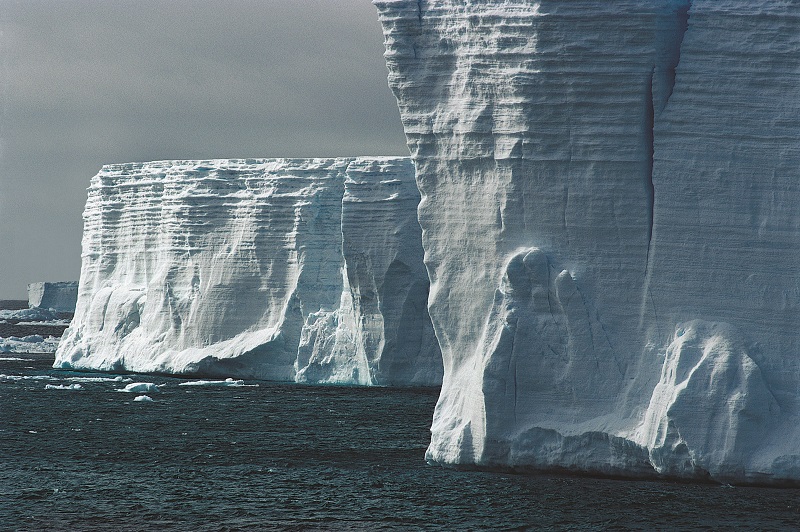Objectives
The specific objectives of this topical conference are:

- To assess recent progress in the full range of cryosphere relevant EO-based observations and techniques;
- To review the major scientific advances in cryosphere science with special attention to the understanding of cryosphere-atmosphere-ocean interactions and impacts in climate change
- To discuss the challenges and opportunities in cryosphere science offered by the new generation of EO satellites as well as the major observational gaps for the coming decades
- To consolidate a scientific roadmap outlining the main priorities and challenges for the cryosphere community in terms of novel observations, enhanced EO-based products and techniques and innovative scientific results
Contributions are sought for presentations on the state-of-the-art research and developments in the use of EO for cryosphere science. Invited keynotes will give overviews of problems, progress and prospects in key areas. PowerPoint presentations (with a short introduction) will be the main form of presentation. Plenty of time will be reserved for discussions.
Preliminary list of relevant topics:- Reducing uncertainties in mass balance estimates
- Ice sheet dynamics
- Ice shelf-ocean interactions
- Snow, snow albedo and snow water equivalent
- Hydrology in high latitudes and extreme events
- Polar ocean, dynamic topography, and circulation
- Sea ice, thickness and dynamics
- Permafrost and seasonally frozen ground
- Glaciers and Ice caps
- Ice-ocean-atmosphere interactions
- Role of Cryosphere in climate
- Cryosphere and ocean dynamics (e.g., thermohaline circulation)
- Cryosphere interactions with the carbon cycle
- Role of the Cryosphere in the water cycle
- Lake and river ice
